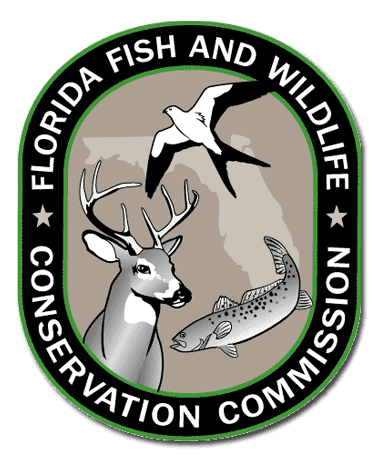Florida’s Gray Squirrel Season Opens 1 Month Early on Private Lands

Football season is in full swing, and the 2012-13 hunting season is cranking up. Heck, in Zone A, they’re already into general gun season. But for the rest of us, I’d like to cover some things you should know regarding three hunting seasons that are just around the corner: muzzleloading gun, gray squirrel and the first phase of dove.
Immediately following the close of crossbow season in each zone, the muzzleloading gun season begins. Season dates run Nov. 17-30 in Zone B, Oct. 20 – Nov. 2 in Zone C and Dec. 1-7 in Zone D.
During muzzleloading gun season, bows and crossbows are also legal methods of taking game on private lands, in addition to muzzleloaders. But on wildlife management areas (WMAs), only muzzleloaders may be used.
The most common types of game to take during muzzleloader season are deer and wild hog. In the deer category, only bucks may be taken, and one antler must be at least 5 inches long above the hairline. The daily bag limit on antlered deer is two. You can hunt wild hogs year-round on private lands, and there are no bag or size limits.
For hunting deer, muzzleloaders firing single bullets must be at least .40-caliber. Guns firing two or more balls must be 20-gauge or larger. During muzzleloading gun season, you may not use muzzleloaders that take smokeless powder, ones that can be loaded from the breech or those with self-contained cartridge ammunition capabilities.
It’s also legal to shoot gobblers and bearded turkeys during muzzleloading gun season. You may take only one per day, and there’s a two-bird fall-season limit. But you can’t hunt turkeys in Holmes County during the fall and winter. On WMAs, bag limits and antler/size restrictions can differ, so check the specifics of the area before you hunt.
New this year: Gray squirrel season has been extended statewide on private lands, and from now on, it opens a month earlier. This year, it starts Oct. 13. This new rule didn’t go into effect until after the 2012-13 Florida Hunting Regulations Handbooks were printed – that’s why the old November opening date is listed. There’s a daily bag limit of 12 gray squirrels, and shooting fox squirrels is still against the law.
Legal shooting hours are from a half-hour before sunrise to a half-hour after sunset. Except for turkeys, hunters may take resident game over feed such as corn on private lands. No baiting is allowed on WMAs, however.
The first phase of the mourning and white-winged dove season begins Oct. 6 and ends Oct. 29 statewide. Shooting hours during this first phase are noon to sunset, and there’s a 15-bird daily bag limit.
The only firearm you’re allowed to use for hunting doves is a shotgun, but you can’t use one larger than a 10-gauge. Shotguns must be plugged to a three-shell capacity (magazine and chamber combined).
You may hunt doves over an agricultural field, as long as the crop has been planted and manipulated under normal agricultural practices. However, it’s against the law to scatter agricultural products over an area for the purpose of baiting.
Some things you can’t do while dove hunting include using rifles, pistols or crossbows; shooting from a moving vehicle; and herding or driving doves with a vehicle.
In addition to a Florida hunting license, you’ll need a $5 muzzleloading gun permit to hunt during muzzleloader season. To hunt deer, you need a $5 deer permit, and if you’d like to take a fall turkey, you’ll need a $10 turkey permit ($125 for nonresidents). If you’re going to hunt doves, you’ll need a no-cost migratory bird permit, and if you hunt on a WMA, you also must have a management area permit, which costs $26.50.
All are available at your local county tax collector’s office; through license agents; by calling 888-HUNT-FLORIDA; or by going online to License.MyFWC.com.
So if you’re going after that monster buck during the muzzleloading gun season or small-game hunting with friends and family, I hope I’ve helped explain some of the things you need to know.

